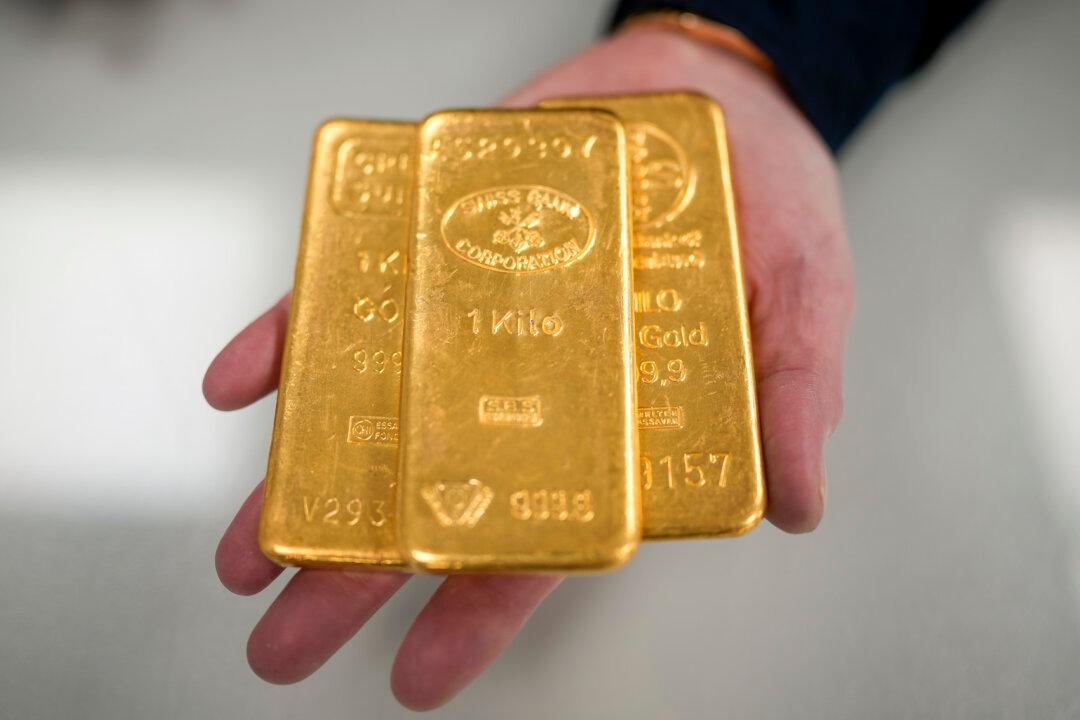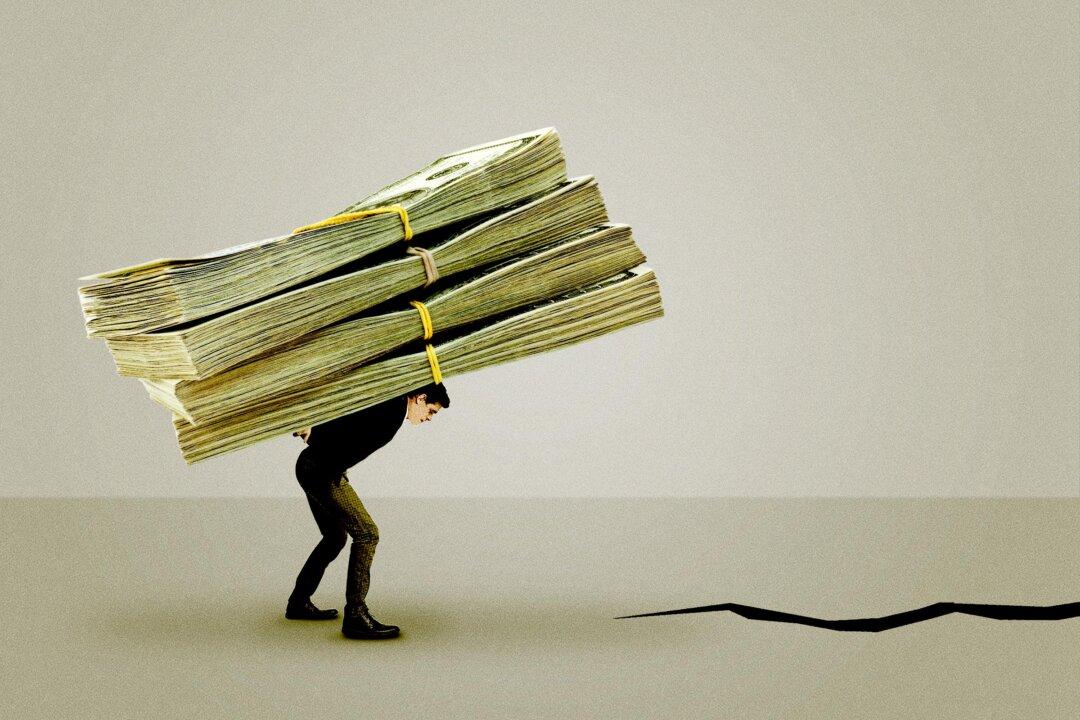Commentary
On April 12, intraday prices for gold hit an all-time high of $2,445 per ounce before closing the day at $2,360. For a normally sleepy asset, gold’s 10 percent rise in three weeks is remarkable. Gold is up by 14 percent year to date, but most of the price action occurred in one week. The question is, why?





